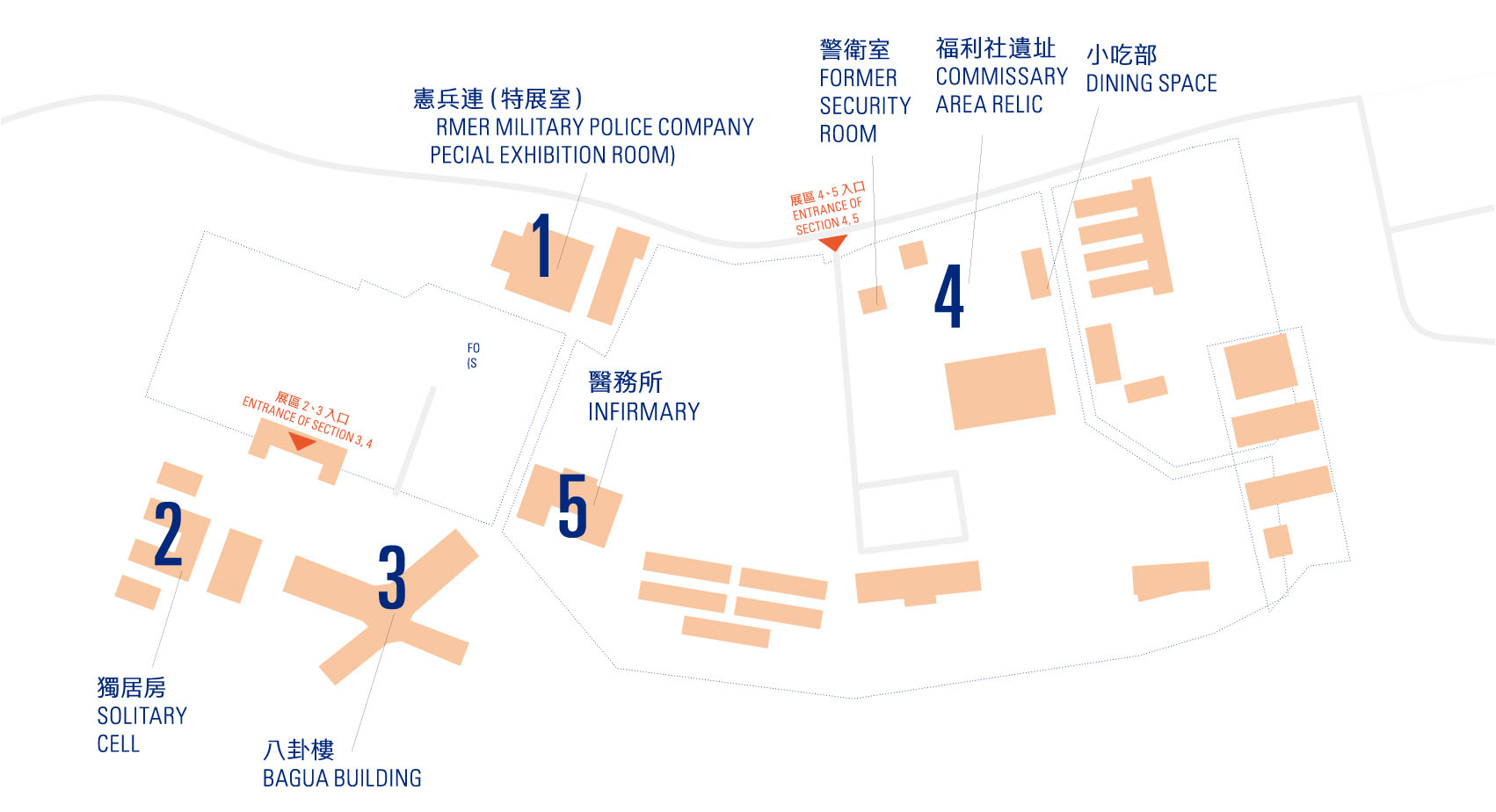如果,在邊緣,畫一個座標
If on the margin, draw a coordinate
邊緣通常指的是瀕臨某種界線或者瀕臨界線的狀況,也意味著外圍的狹小地方。邊陲、島嶼都具有某種地理意義,邊陲即是遠離中心的邊境,島嶼則是四周被水包圍的孤立土地。相較之下,邊緣比起邊陲或島嶼,更能指涉不穩定的狀態。因此,邊緣化通常用來形容人或事物向著主流的反方向移動的現象,也就是非主流、非中心。
非中心、非主流的邊緣化,可以是政治、經濟、文化、地理、種族、性別、生態、價值觀等等各種不同形式的邊緣化。同時,各種形式的邊緣化也可能相互交織,很難個別分割出來檢視,群體也並非純粹而均值的。因此,本藝術季以「如果,在邊緣,畫一個座標」為名,嘗試從邊緣發聲,以召喚邊緣的能動性。並以邊緣為重心繪製座標,以勾勒全新的倫理圖譜。
藝術家們從邊緣出發,運用文獻研究、實地踏查、影像製造、文字書寫、藝術行動等方式,敢於挑戰主流規範,抗拒既有的社會秩序,重新進行倫理校正,繪製具有批判性、自主性和解放性的邊緣座標。每個邊緣所在,都是繪製座標的中心。個別的藝術家使用相異的參考系統,繪製出完全不同的邊緣座標。在這些座標裡,邊緣者不再只是人道關懷下的受迫害者,而是具有能動性的主體。2020綠島人權藝術季「邊緣座標」以邊緣視角進行的邊緣敘事,進行解放邊緣化的社會實踐。
JThe margin usually refers to the verge of an area. Borderlands and islands have some geographic significance. Borderlands are regions far from the center, and islands are isolated lands surrounded by water. In contrast, compared with borderlands and islands, margins can better refer to states of instability. Therefore, marginalization is often used to describe the phenomenon of people or things moving in the opposite direction of the mainstream—that is, non-mainstream and non-central.
Non-central and non-mainstream marginalization can take various forms of marginalization, such as politics, economy, culture, geography, race, gender, ecology, values, and so on. At the same time, various forms of marginalization may also be interconnected, and it is difficult to separate them for inspection. The marginalized groups are not pure and mean. Therefore, under the name of "If on the edge, draw a coordinate", this art festival attempts to give utterance from the margins in order to unlock the initiative of the margins, focusing on the margins to draw coordinates in order to outline a new ethical map.
Starting from the margins, artists use archival research, field investigations, image production, text writing, artistic actions, and other methods to dare to challenge mainstream norms, resist the existing social order, re-correct ethics, and draw critical, autonomous, and liberated marginal coordinates. Each margin is the center, where the coordinates are drawn. Individual artists use different reference systems to draw completely different margin coordinates. In these coordinates, the marginalized is no longer just the persecuted under humanitarian care, but a subject with its own initiative. In the 2020 Green Island Human Rights Art Festival "If on the margin, draw a coordinate” conducts marginal narration from marginal perspectives to carry out the social practice of emancipating the marginalized.
〈記憶.邊緣〉北藝大特展
Remembrance & Marginalization: the TNUA Special Exhibition
北藝大特展以「記憶.邊緣」為創作主題,作品著眼於綠島曾作為囚禁政治犯之監獄島的歷史,回應台灣這段威權統治歷史和綠島作為離島的地理位置所交織出的多重「主流—邊緣」關係,試圖翻轉既有思維、重畫座標,反思臺灣社會該如何面對/記憶這段歷史,並進而連結到當代之民主課題。
邊緣總是被主流霸權所定義;而選擇記憶邊緣、訴說邊緣,是對霸權式「國族的記憶」的抵抗,也因此,座標重新畫定,不在於建立另一種敘事取而代之,而更希望能打破認同敘事的單一性,同時質問/反思每一次再現所可能鞏固的主流敘事,維持藝術的批判力量,試圖透過呈現更多元的光譜、更細膩的人的故事,將焦點放回每一個獨特個體在集權宰制下真實的情感、理想、與扎掙,在國家機構的主流敘事之外,為綠島曾作為政治監獄島的記憶,提供更豐富、更當代、也更栩栩如生的想像。
Taking “remembrance and marginalization” as the main theme, this special exhibition features the history of Green Island as an exile colony for political prisoners of Taiwan during the martial law period. It responds to the island’s entangled “mainstream-marginal” relations intersected by Taiwan’s authoritarian past and this outlying island’s geographical location. More specific, this exhibition aims to reverse the stereotypical thinking, redraw ideational coordinates, and reconsider how the Taiwanese society can confront/remember this piece of history, thereby addressing the issues concerning contemporary democracy.
The marginality is always defined by the mainstream hegemony. The choice of remembering and telling stories of the marginality counts as a form of resistance against the hegemonic “national memories.” Accordingly, the purpose of redrawing ideational coordinates is not so much to replace one narrative with another as to shatter the unity of identity narratives. Meanwhile, it questions/cogitates on the mainstream narrative consolidated by each representation, insofar as to maintain the critical power of arts. Covering a broad spectrum and recounting heart-touching stories of people, this exhibition shines a spotlight on the genuine emotions, aspirations and struggles of sui generis individuals as the victims of the totalitarian regime, thereby igniting an imagination beyond the mainstream narrative constructed by the state apparatus, a more fertile, vivid and contemporary imagination about the memories of Green Island as an exile colony for political dissidents.
